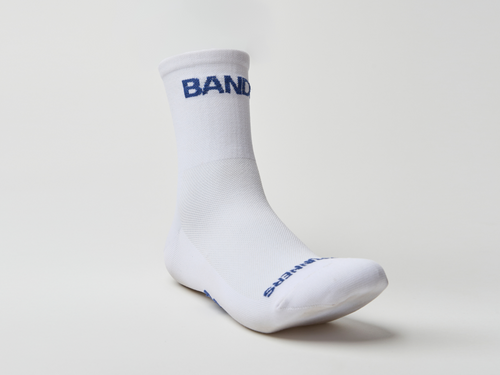As many of the big races, with the exception of Grandma's, are now behind us—and the Fall marathons are still a ways out, you might be finding yourself in a bit of training purgatory right now. In the meantime, here's five bits of wisdom from Bandit resident Coach, Steve Finley, on how to prepare for your next big cycle.
-
Approach with respect. No matter how many marathons you’ve completed or how many times you’ve BQ’d (Boston Qualified), each marathon training cycle is its own unique journey filled with its own challenges, roadblocks, best friend’s wedding weekends, as well as its own nicks and dings. Take some time before you start training to identify the busiest moments this season for work, family, social engagements and factor in how they’ll interact with your important training moments.
-
Set off with caution. The first 4 weeks of training toward any running goal is considered the danger zone. It can feel easy to be aggressive in the firsts few weeks, but the magic word is “load” — as in training load. You won’t feel the training load week one, two, or maybe even three, however it will be accumulating and the best way to sustain momentum is to manage your load in the early oughts of the cycle.
-
Begin with the end in mind. Most training plans are 14-20 weeks in length, which means you have a lot of time to “get in shape”. You'll likely have a specific time goal on day one, or maybe the goal is to just finish. Either way, put a stake in the ground and start to work toward it. The goal will likely change over the weeks of training, and it should, but don’t start that first run without thinking about how you’d like to cross the finish line on race day.
-
Anchor your week locally. Find a local group run to keep you honest. For us, it’s our Saturday Greenpoint Runners run from the Bandit store. Local group runs help provide inspiration, weekly structure, and most importantly, a likeminded community as you work toward your marathon goals. Find a group or club to share the journey with and it’ll change everything.
- Keep a log. Handwritten or on Strava—before starting week one, make a plan to track and monitor your progress over your marathon training cycle. One of the most unique things about running is the ability to analyze and understand your personal growth, and one of the best ways to do this is by committing to a regularly updated training log.
Thanks for reading. Follow Bandit Running on Strava and stay tuned for more tips, etc.












